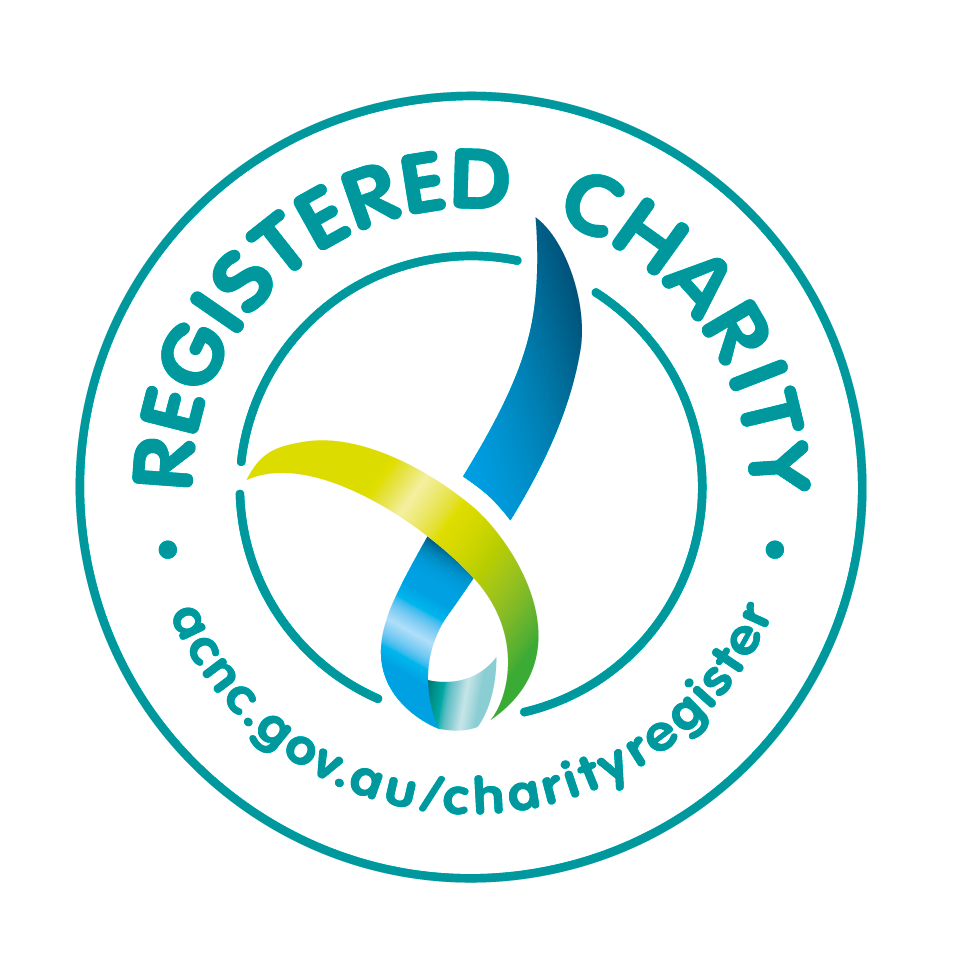Photo by Tony Belton
Do you have an Emergency and Evacuation Plan?
When it comes to emergencies, being prepared is crucial for the safety and well-being of you and your loved ones. One important aspect of emergency preparedness is having a well-thought-out household evacuation plan.
Do I Stay or Leave?
During an emergency situation, determining whether to stay in your home or evacuate should be based on the recommendations of local authorities. It's important to pay attention to official warnings and follow their instructions. If you are advised to evacuate, take it seriously and prioritise your safety and the safety of your family.
Warnings to Evacuate
Emergency services and local authorities may issue evacuation orders or advisories through various communication channels, such as emergency alert systems, radio broadcasts, or official websites. These warnings are typically issued when there is an imminent threat to your area, such as natural hazards like floods, bushfires, or other hazardous situations. Always stay informed about the current situation through trusted sources and act promptly if an evacuation warning is issued.
Your Emergency Kit
An emergency kit is a collection of essential items and supplies that are assembled in advance to help you and your family cope with emergencies or disasters. The purpose of an emergency kit is to provide the necessary resources in your home to sustain basic needs and ensure personal safety during the initial stages of an emergency when access to essential services may be disrupted or limited.
However, it is important to remember to periodically review and update your emergency kit to ensure that food, water, and medications are within their expiration dates. Keep your emergency kit in a readily accessible location and communicate its location to all household members. Being prepared with a well-stocked emergency kit can significantly aid in your safety and well-being during times of crisis.
CLICK BELOW TO DOWNLOAD A COPY OF AN EMERGENCY KIT CHECKLIST SO YOU CAN GET READY
Your Evacuation Kit
An evacuation kit differs to your emergency kit in that it is a portable collection of essential items that you can quickly grab and take with you in the event of an evacuation. It is designed to provide you with the necessary supplies to sustain your basic needs and ensure your safety during the period when you are away from your home or usual surroundings.
As with your Emergency Kit it is important to regularly review and update your evacuation kit to ensure that the contents are appropriate for your specific needs and that food, water, and medications are within their expiration dates. Store your evacuation kit in a readily accessible location, ideally in a sturdy backpack, and communicate its location and importance to all household members. By having an evacuation kit prepared in advance, you can quickly gather your essential items and evacuate safely during emergencies or disasters.
CLICK BELOW TO DOWNLOAD A COPY OF AN EMERGENCY KIT CHECKLIST SO YOU CAN GET READY
Where Do I Go?
In your planning for an emergency, you should identify safe evacuation routes and destinations in Iluka. This should include the designated evacuation centre at the Iluka Community Hall at 54 Spenser Street and the secondary CMEC at Club Iluka, 75-79 Spenser Street. However, evacuation centre locations can change and it is important you follow all instructions and advice from emergency services as to where and when to evacuate. The CMEC is a last resort, and it is best that your planning includes homes of friends and family both within and outside of Iluka. This is important as Iluka road becomes closed during floods and bushfires and your best option may be to evacuate early and leave the Iluka area. IMPORTANTLY, don’t forget your evacuation kit.
Staying in an Evacuation Centre
An evacuation centre is a temporary and last resort shelter set up by emergency management agencies to provide immediate assistance and refuge during emergencies. The ICOPE CMEC will be activated during an emergency situation if the Local Emergency Operations Controller (LEOCON) feels it is necessary. The CMEC will aim to offer essential services such as food, water, first aid support, and a safe place to stay. When arriving at the CMEC, follow the instructions of the volunteers, register your presence, and cooperate with fellow evacuees. Remember to bring your evacuation kit with essential items like identification documents, medications, clothing, and personal hygiene supplies to make your stay more comfortable.
When Do I Return Home?
The decision to return home after an evacuation should be made based on official instructions. Authorities will assess the safety of the affected area and provide guidance on when it is safe to return. Never re-enter your home until it has been declared safe to do so, as there may be hidden dangers or ongoing risks that need to be addressed first.
What if I Cannot Return?
In some situations, it may not be possible to return to your home immediately after an emergency. This could be due to severe damage, ongoing threats, or necessary repairs. In such cases, listen to updates from local authorities and follow their guidance regarding alternative arrangements, temporary housing options, or support services available in your community. ICOPE will endeavour to put you in touch with the appropriate authorities and help you gain assistance and information on resources that can help you during this challenging time.
Recovery resources can be located on the How will I recover? pages.


